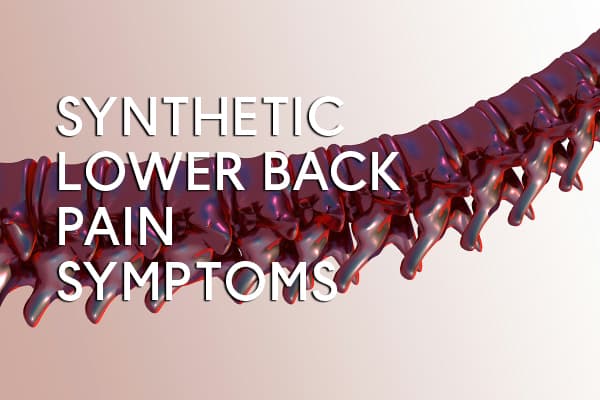Synthetic Lower Back Pain Symptoms Dataset
Patient Health Records & Digital Health
Tags and Keywords
Trusted By




"No reviews yet"
£179.99
About
The Synthetic Lower Back Pain Symptoms Dataset is designed for educational and research purposes, focusing on analyzing various anatomical and biomechanical factors contributing to lower back pain. It includes anonymized, synthetic data on spinal angles, pelvic alignment, and other related features to assess the condition's presence.
Dataset Features
- pelvic_incidence: Angle between the line from the center of the femoral head to the sacral endplate and the line from the center of the femoral head to the center of the sacral promontory.
- pelvic_tilt: Angle between the vertical line and the line from the center of the femoral head to the center of the sacral promontory.
- lumbar_lordosis_angle: Angle of lumbar curvature, a key factor in assessing spinal posture.
- sacral_slope: Angle between the horizontal line and the sacral endplate.
- pelvic_radius: The distance between the center of the sacral promontory and the center of the femoral head.
- degree_spondylolisthesis: Degree of forward displacement of a vertebra.
- pelvic_slope: Angle formed between the line from the center of the sacral endplate and the center of the femoral head.
- Direct_tilt: Tilt of the sacrum relative to the vertical axis.
- thoracic_slope: Angle of the thoracic spine relative to the horizontal.
- cervical_tilt: Tilt angle of the cervical spine.
- sacrum_angle: The angle between the horizontal plane and the sacral endplate.
- scoliosis_slope: Degree of curvature in the spine indicative of scoliosis.
- Attribute class: Classification of the lower back condition as either "Normal" or "Abnormal."
Distribution
Usage
This dataset can be used for the following applications:
- Lower Back Pain Prediction: Build models to classify individuals based on anatomical and biomechanical factors influencing lower back pain.
- Biomechanical Research: Explore the relationships between pelvic alignment, spinal angles, and the presence of back pain.
- Clinical Studies: Study the impact of pelvic tilt, lumbar curvature, and other spinal factors on the likelihood of lower back pain.
- Preventative Healthcare: Identify key anatomical factors that predict lower back pain for early intervention and preventative strategies.
- Orthopedic Decision-Making: Aid clinicians in understanding how variations in spinal alignment correlate with pain symptoms.
Coverage
This synthetic dataset adheres to data privacy standards and is anonymized for research and educational purposes. It represents diverse individuals with different spinal and pelvic postures, providing valuable insights into back pain analysis.
License
CC0 (Public Domain)
Who Can Use It
- Data Scientists and Machine Learning Practitioners: For classification tasks related to back pain prediction and analysis of spinal and pelvic factors.
- Biomechanics and Orthopedic Researchers: To study the correlation between spinal alignment and back pain.
- Healthcare Professionals: For clinical decision-making and understanding the role of spinal health in lower back pain.
- Educators and Students: As a teaching resource for analyzing musculoskeletal data and building predictive models.
Loading...
